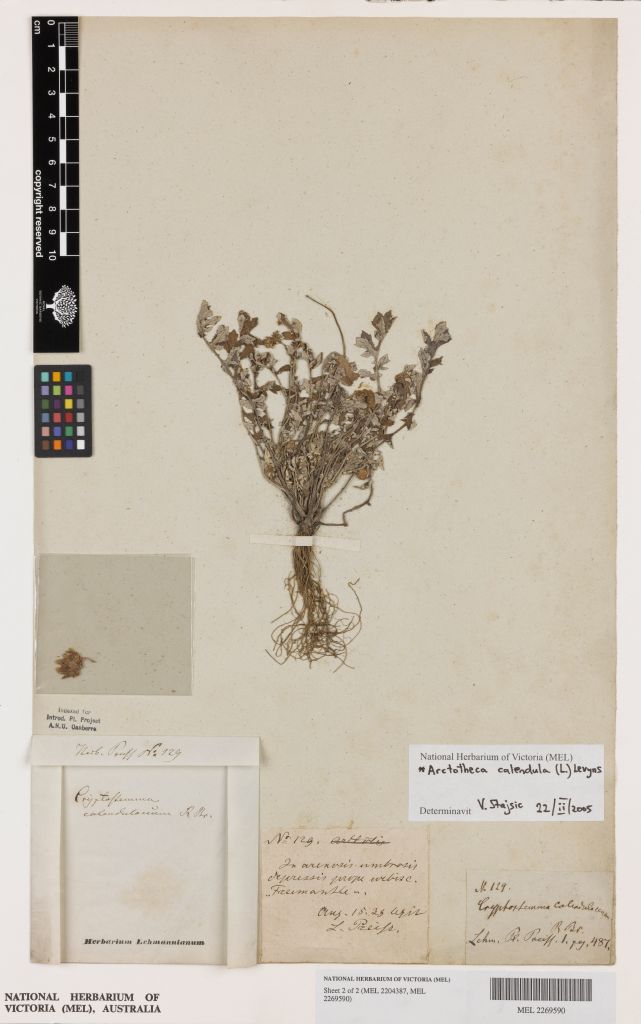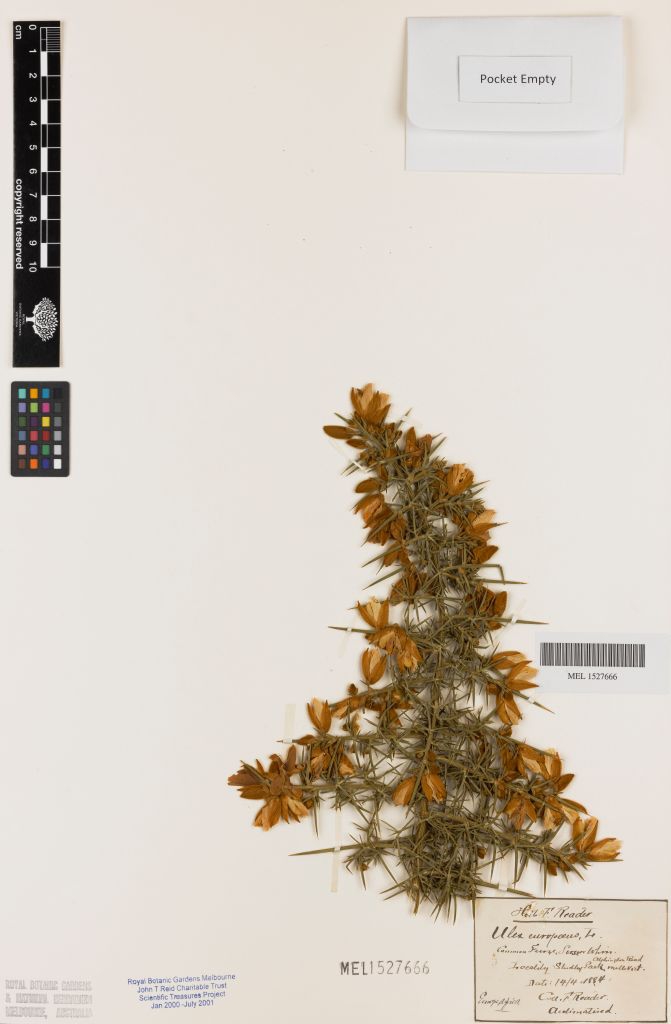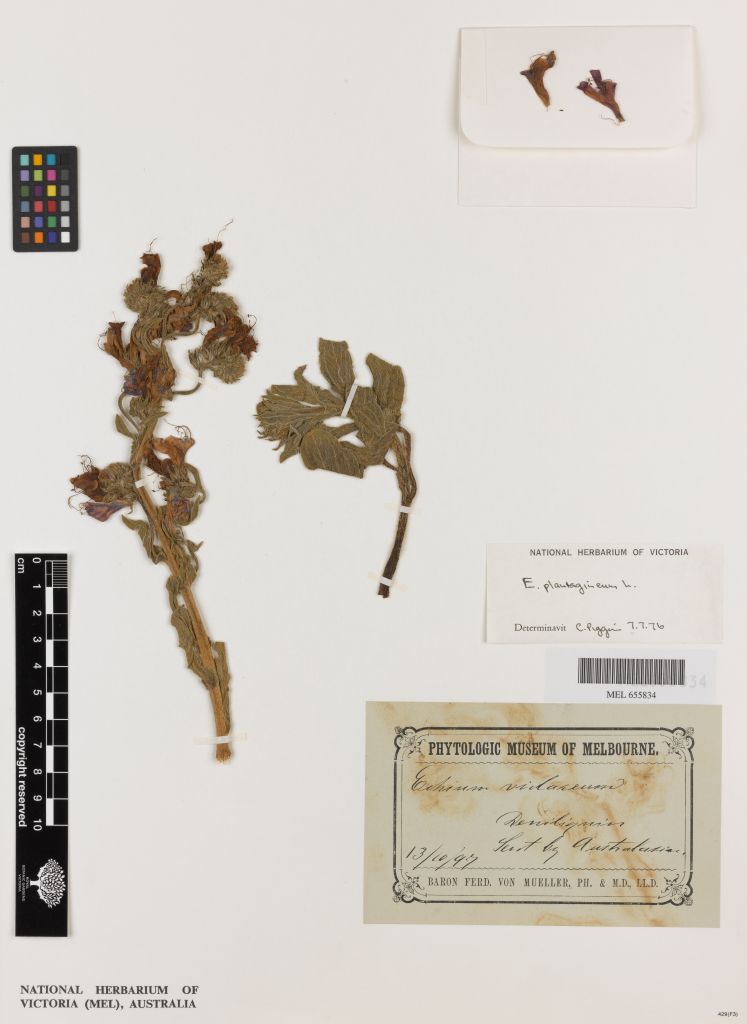A team of Victorian researchers has analysed data extracted from over three million plant specimens to reconstruct the introduction of invasive plant species into Australia for the first time.
Invasive plants are estimated to cost the Australian economy over $4 billion a year through lost production and increased control costs. They have also been linked to the extinction of several endangered species. Understanding how invasive species are introduced into Australia helps put steps in place to prevent them getting here in the first place.

Australia’s Virtual Herbarium (AVH) brings together specimen data from many of Australia’s herbaria (specialised museums that house collections of dried plants, algae and fungi) and makes it freely available on the web, providing the most complete and up-to-date picture of Australia’s botanical diversity available.
Researchers from a joint project between the University of Melbourne and the Victorian Government used the data stored with each plant specimen to pinpoint where and when species were found in Australia for the first time. By matching this with information about where else in the world the species was found, and what types of things people used the species for, the researchers were able to estimate the species most likely pathway of introduction into Australia.

“What we found was that the pathways of introduction have diversified substantially over the last 150 years. In the early years after European settlement, we saw mostly grasses and legumes used for food or fodder arrive from Europe, whereas the species arriving now come from all corners of the globe for mostly ornamental purposes”, said Aaron Dodd, the lead author of the study.
Large-scale research projects like this one demonstrate the importance of expertly identified, specimen-based records for research and how this information can be used to inform areas other than plant taxonomy. Such projects have only become possible through the recent digitisation of the physical specimens held by herbaria and the sharing of that information via portals such as AVH and the Atlas of Living Australia (ALA).

Research Links:
The original research described in the article is available from the journal Diversity and Distributions.